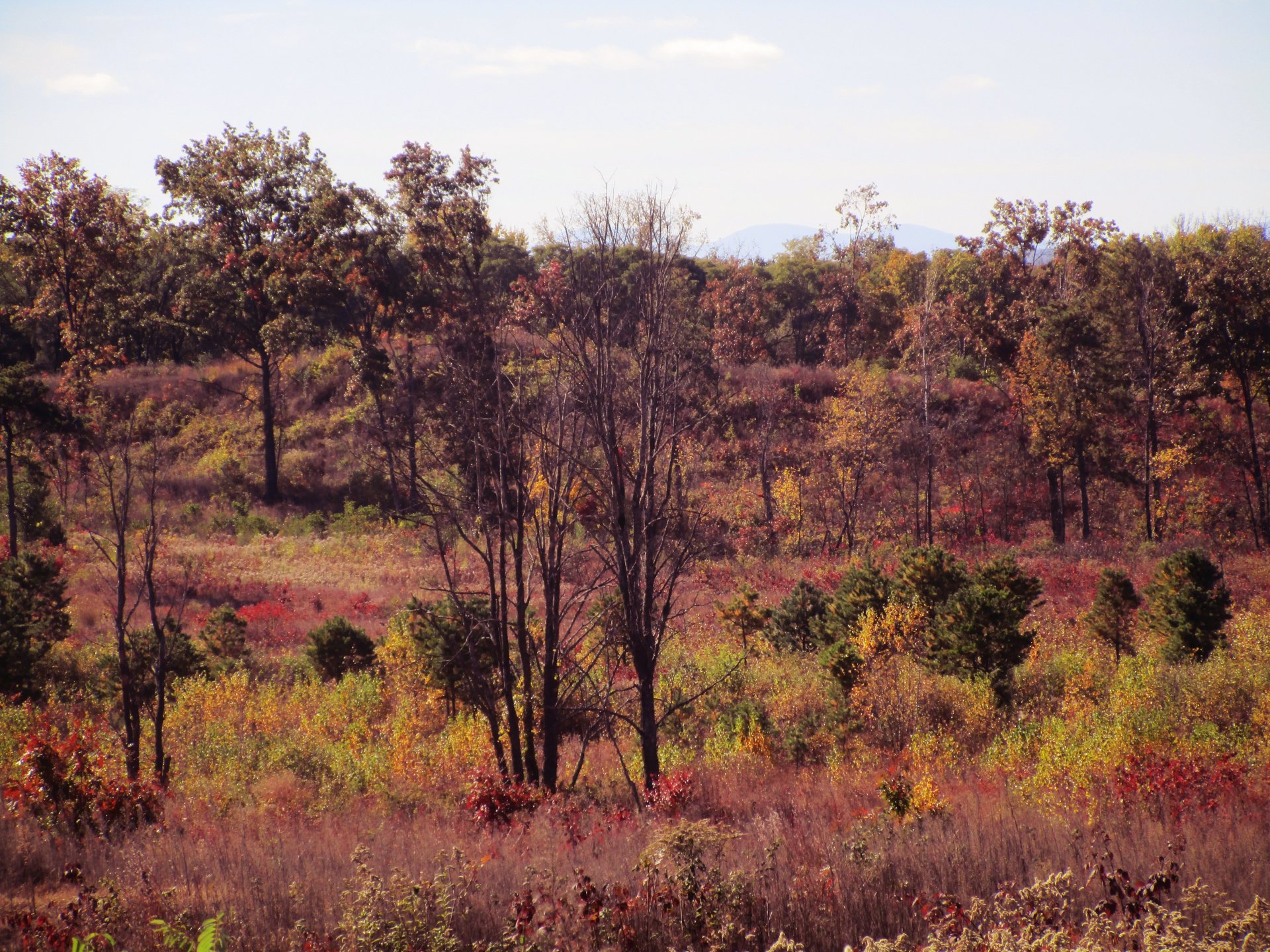by Grace Nichols
For the past several years, Save the Pine Bush has warned the Common Council that buying and spreading more glyphosate (the active ingredient of Roundup) in the Pine Bush, either in the Preserve or on the Restoration is hazardous for the rare spadefoot toads and other amphibians. We’ve asked them to question the herbicide line in the Preserve budget. This spring, the Department of Environmental Conservation Woodland Pool Conservation Program sent around an article describing some further alarming results of Roundup on wildlife. This article was brought to the attention of the Pine Bush Preserve Commission by us; we also foiled their pesticide records from last year and the use of glyphosate by the Commission in the Pine Bush has escalated every year, but most of all in the last two years as the chemical devastation of the Restoration has gotten under way. The Commission reports that it is aware of the this article.
Summary from University of Washington Conservation: “A common herbicide can change the body shape of amphibians, according to a new study in Ecological Applications. When exposed to the herbicide Roundup, some tadpoles shift their tail shape the same way they would in response to predators.
“Roundup is one of the world’s most popular herbicides and is used to kill weeds on farms. To find out how Roundup might affect amphibians, researcher Rick Relyea at the University of Pittsburgh set up artificial wetlands in tanks and added wood frog, northern leopard frog, and American toad tadpoles. Then he outfitted the tanks with cages containing newts or dragonflies, both predators of tadpoles. Finally, he added varying amounts of Roundup.
“Surprisingly, the herbicide was less deadly to the amphibians when predators were present. The tadpoles swam deeper into the water to avoid predators at the surface, and Relyea speculates that the herbicide was less concentrated near the bottom of the tanks.
“The frog tadpoles developed wider tails in response to predators, a trait that may help them dodge attacks. Relyea also saw changes in the frog tadpoles’ tail shape when the herbicide was added, which were “nearly identical to the morphological changes induced by the caged dragonflies,” he writes. The results suggest that “the world’s most widely applied herbicide may have much further-reaching effects on nontarget species” than previously realized. — Roberta Kwok | 3 April 2012”
Link to full article: http://www.esajournals.org/doi/abs/10.1890/11-0189.1
Published in August/September, 2012 Save the Pine Bush Newsletter
